The first time I learned about the “Babylonian Captivity,” I was in the seventh grade. At the age of 12, I remember thinking that it all sounded a bit odd. The popes just picked up and left Rome for France? Was that like storming off to your friend’s house to escape your parents? Perhaps an overly simplistic view, but that is essentially what happened when in 1309, Pope Clement V moved the papacy to Avignon, France, necessitating the building of the Palace of the Popes.
Classified as a UNESCO site in 1995, the Palace of the Popes (Palais des Papes) is now one of the top 10 most visited sites in France and one of the best things to see in Avignon. There are regular tours with different themes and features that take visitors through what it was like to live in France in the 14th century and the history of the building itself.

Why Did the Popes Move to Avignon?
In the Middle Ages, popes were not just the head of the Roman Catholic Church in the way we think of today–they were major political players with their own lands and own armies. They were frequently embroiled in all the issues of the day, and there were a LOT of issues in Rome.
The militias of various Italian aristocrats were at each other’s throats, a major church was burned down, and Rome was just simply unstable. It also didn’t hurt that Pope Clement V (a Frenchman) had a pretty cozy relationship with the King of France.
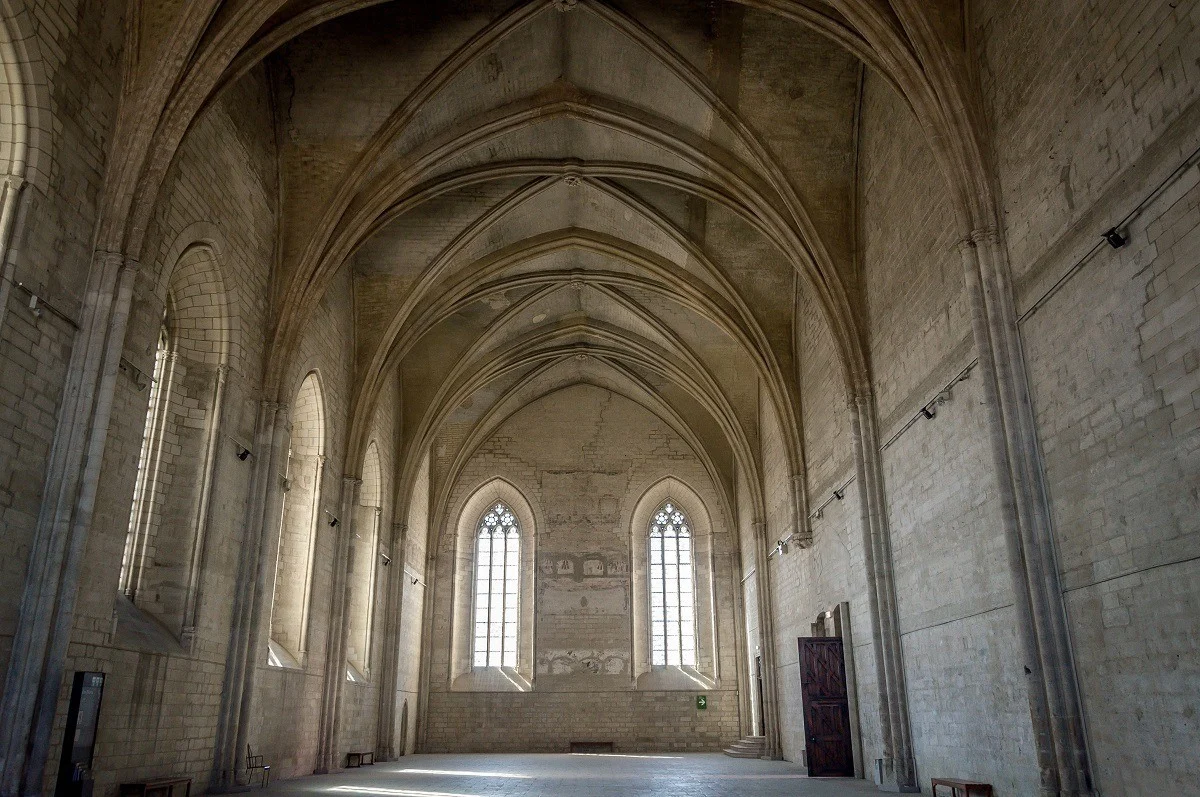
For 68 years beginning in 1309, seven legitimate popes ruled the Catholic Church from Avignon rather than Rome. For 25 years after that, two anti-popes tried to do the same.
To accommodate the needs of the Church and demonstrate its power, Pope Benedict XII began construction in 1335 of the massive Palace of the Popes that now sits on the northern edge of Avignon overlooking Rhone River. Over the course of 20 years, much of the Church’s funds were used to build the palace, which ultimately became the largest Gothic palace in Europe (and a major tourist attraction in France today).
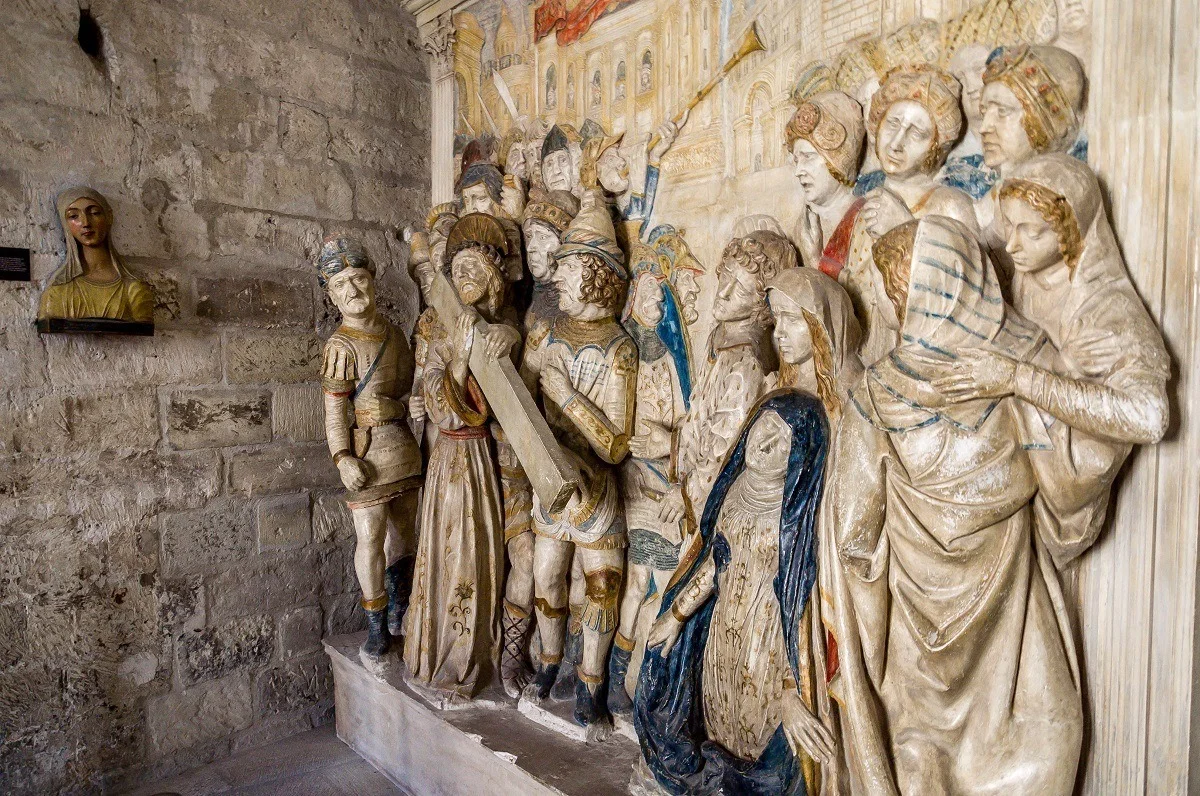
Touring the Palace of the Popes
With 10-foot-thick walls, watchtowers, and a basic façade, the papal palace looks like a fort from the outside.
When the popes lived here, the building’s interior was lavishly decorated. Brilliant, lifelike frescoes by Italian artist Matteo Giovannetti graced the chapels (including the ceilings). Elaborate tilework criss-crossed the floors. Sumptuous tapestries hung on the walls. It was all done in a style befitting the popes and appropriate for hosting coronations, conclaves, and other important events. Even the popes’ private chambers were decorated in brilliant blue with elaborate scrollwork.
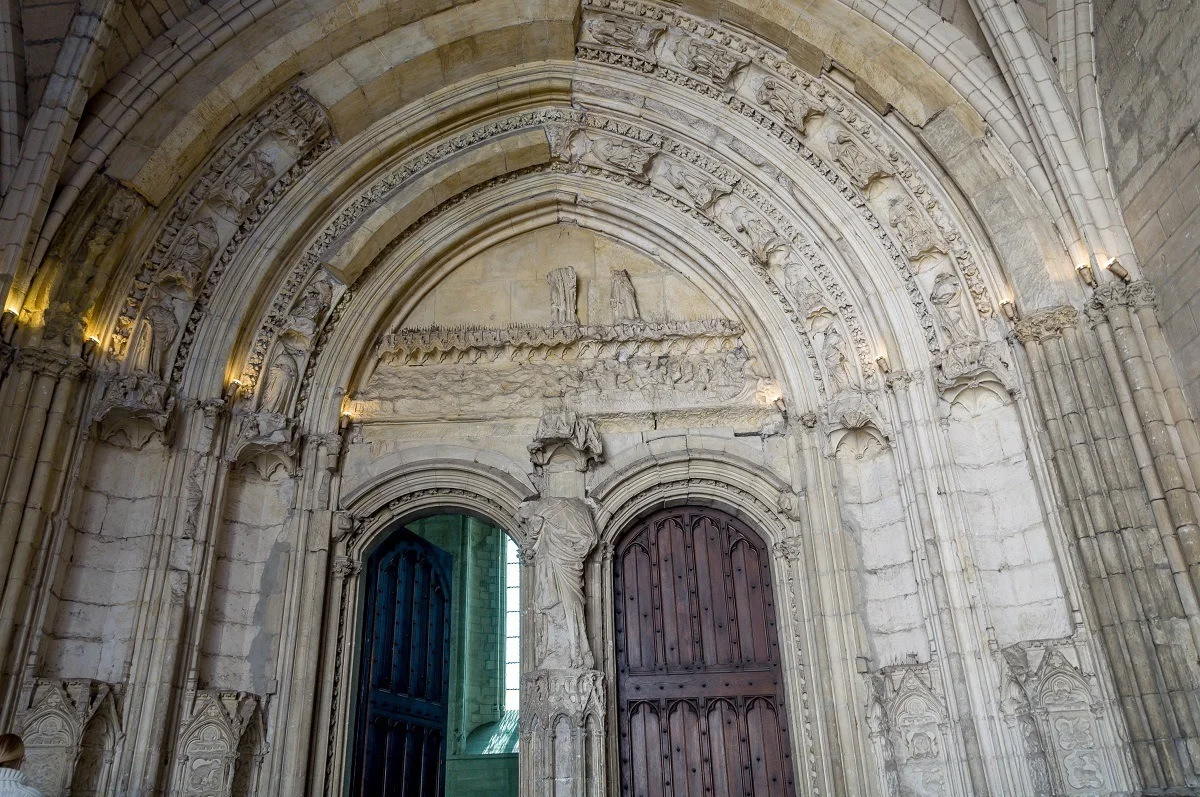
Today, a visit to the interior requires more imagination than you might be used to if you’ve visited other grand palaces in Europe, or certainly if you’ve been to The Vatican. Some of the murals have been restored, including those in two of the chapels and the striking blue one in the popes’ personal chambers. Original tile is also on display, and some artworks and sculptures have been added.
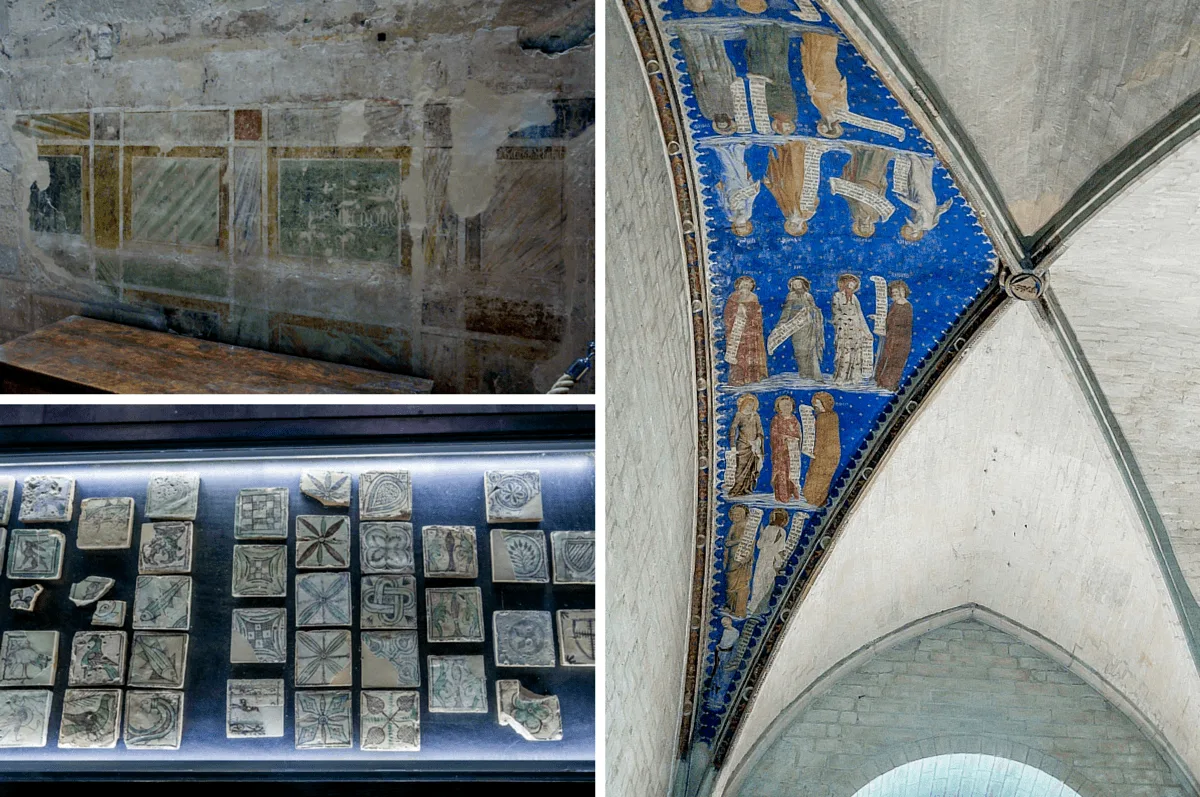
There is much more restoration to be done throughout, but unfortunately, many of the most decorative items and artworks have been lost.
After the papacy returned to Rome, the palace fell into disrepair. When it was sacked during the French Revolution, most valuables were taken, and many of the statues were guillotined. Further destruction came from Napoleonic troops who lived in the building for 100 years – longer than the popes themselves did.
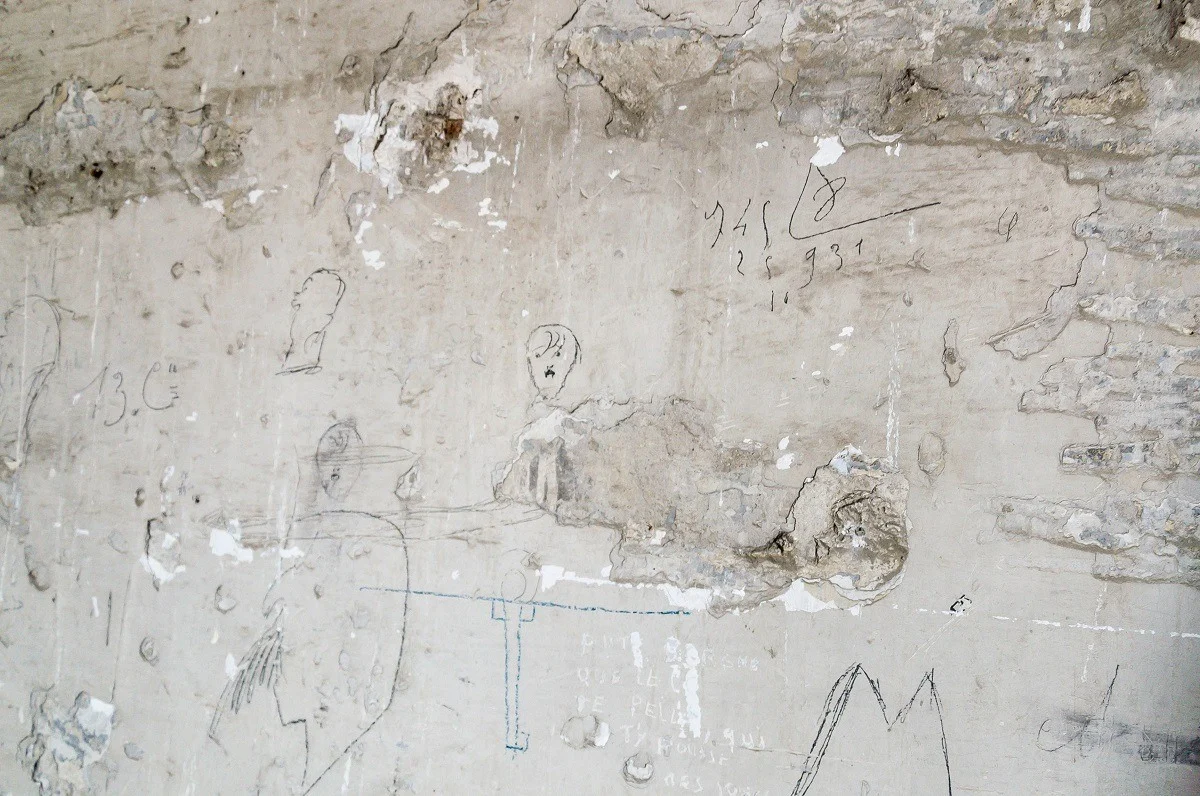
Work to restore, recreate, and rebuild continues where possible, and some spaces within the palace have been given a new life. The Great Chapel has featured exhibits by artists ranging from Picasso to Jeff Koons. Every July, the palace’s courtyard hosts the main events of the Festival d’Avignon, the world’s largest theater festival.
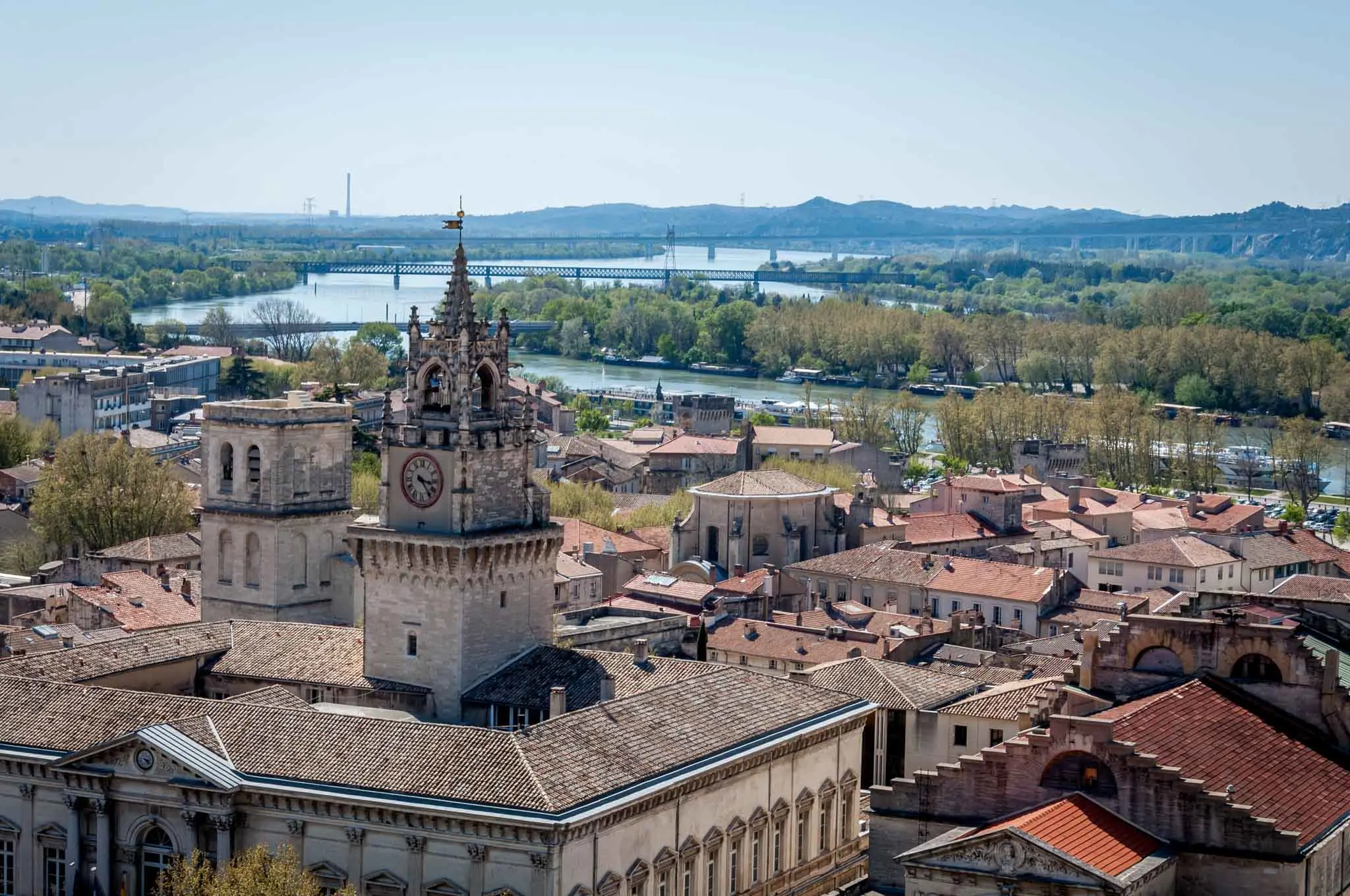
Tours, audioguides, and descriptive plaques help visitors envision what the palace used to look like and breathe more life into the space. I visited the palace on the Palais Secret (Secret Palace) tour, which includes some rooms not otherwise open to the public and leads you to the roof of the building for stunning views of Avignon and the river. My seventh-grade self would have been impressed.
I was a guest of Avignon Tourisme, but all opinions of the historically fascinating are my own.
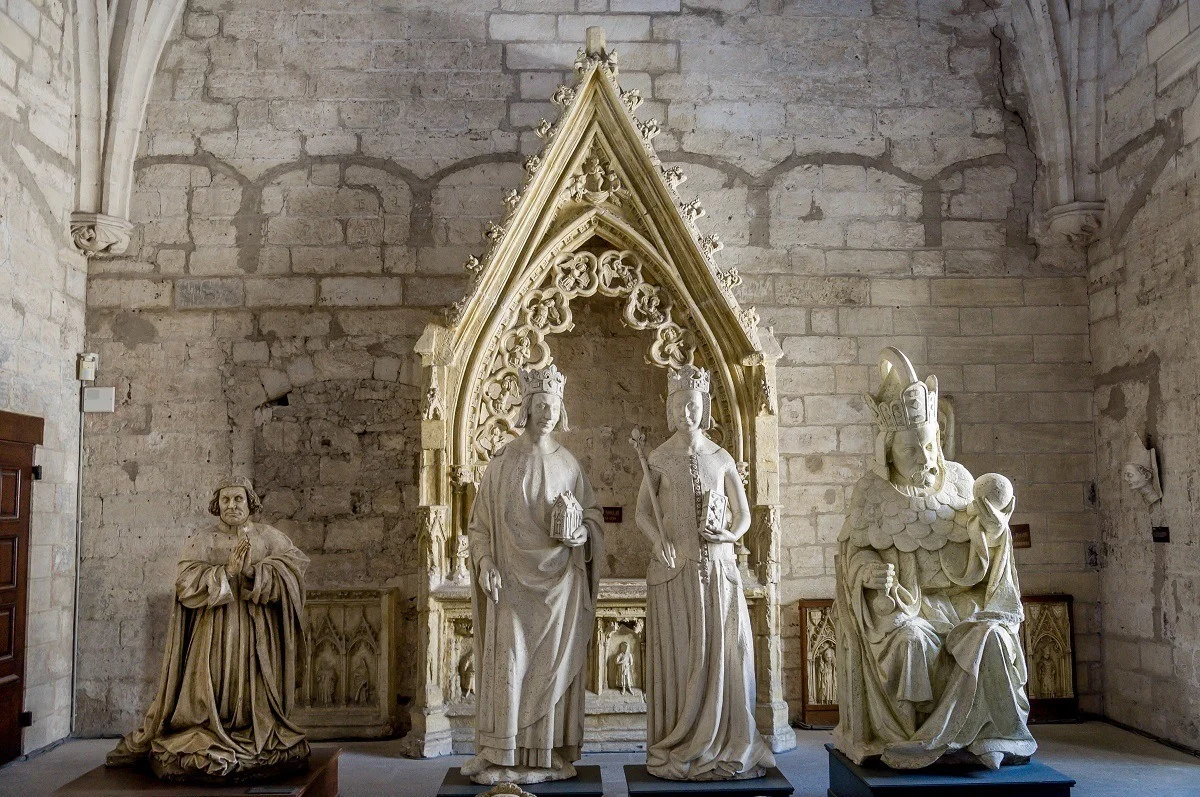
Laura Longwell is an award-winning travel blogger and photographer. Since founding Travel Addicts in 2008, she has written hundreds of articles that help over 3 million people a year get the most out of their travel. In that time, she has visited nearly 60 countries on 5 continents, often returning to favorite destinations over and over again. She has a deep love of history, uncovering unexpected attractions, and trying all the good food a place has to offer.
In addition to Travel Addicts, Laura runs a site about her hometown of Philadelphia—Guide to Philly—which chronicles unique things to do and places to see around southeastern Pennsylvania. Her travel tips and advice appear across the web.

RashmiChalukya
Monday 4th of April 2016
Great source of information Laura. We are planning a trip to Avignon soon and may be can plan a visit to this palace too. Just for an idea how long does the tour of the palace take? Thanks.
Laura Longwell
Tuesday 5th of April 2016
There are a variety of tours, so I'm not sure about the lengths of all of them. I would estimate that the Palais Secret/Secret Palace tour I took was about 1.5 hours. If you don't have that long to spend, you can always use the audioguide and go at your own pace. Have fun!